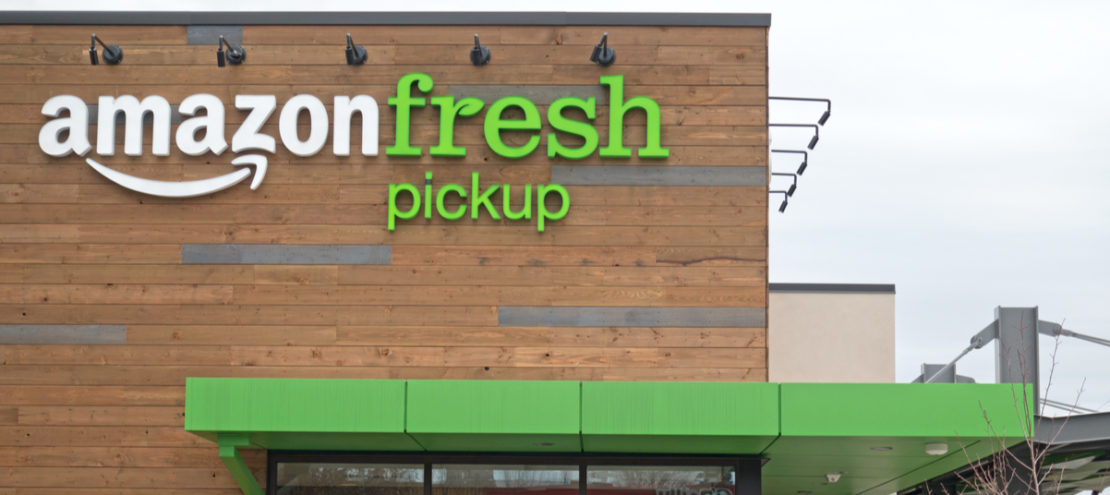With all the bad press brick-and-mortar retail has been getting, it seems interesting that Amazon is taking on more physical space with its acquisition of Whole Foods. Amazon, in pursuing Whole Foods, has done a fantastic job of not only reinforcing its reputation as a company that changes the game, but also creating a lot of press attention.
With consumer-base expansion, supply chain supplements, and investor-based security within the stock market, the acquisition is an offensive move against its direct competitors.
But what does that mean?
Amazon makes a significant profit from Amazon Prime members, 75% of whom come from households making approximately $112,000 annually. Whole Foods customers are typically upper middle class young adults who are health or fitness conscious and eco-friendly and have a significant amount of income to allot for specialty groceries.
Amazon Fresh is a program Amazon introduced in 2007 to dive into the grocery sector, delivering, you guessed it, fresh food to consumers in a timely manner. Whole Foods has a plethora of warehouses and brick-and-mortar locations, so the merger will allow Amazon to expand its offerings, spend less on transportation of goods, and deliver food even more quickly. It also likely that customers who shop at Whole Foods will soon begin to shop more through Amazon, which maintains a strong consumer retention rate.
In investing heavily in brick and mortar, Amazon paves the way for a one-stop shop –– and also seeks to serve as an important anchor tenant in malls and other shopping centers. Walmart is Amazon’s biggest direct competitor, and they recently purchased men’s clothing store Bonobos in order to compete more strongly in the retail segment.
Whole Foods was struggling financially, and actually closed 9 locations due to a loss in sales. Amazon swooped in, boosting both companies’ stock prices and creating a truly impressive buzz. Other grocers’ stock plummeted, showing the direct impact press can have on a company’s financial status.
Amazon is coming into its prime with brick-and mortar-locations, but only by going against the grain, and creating opportunity from the latest predicted brick-and-mortar retail slump.

